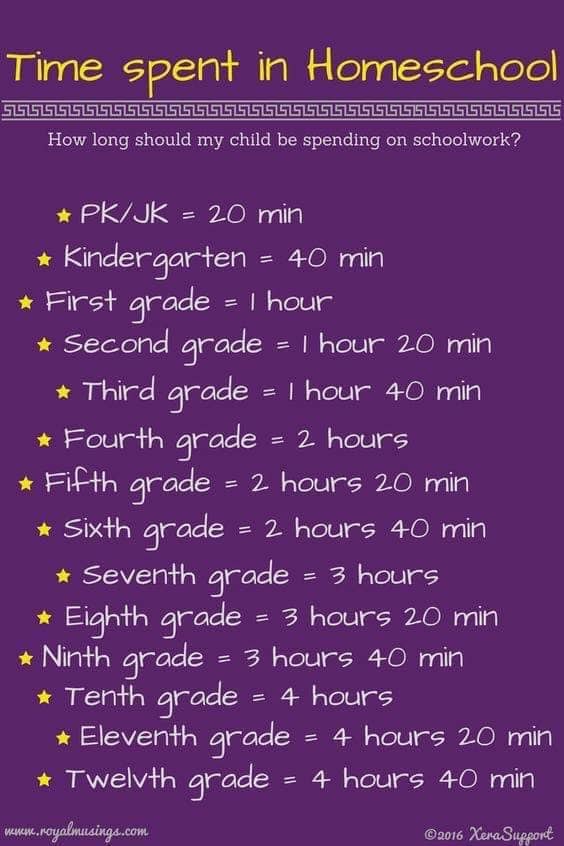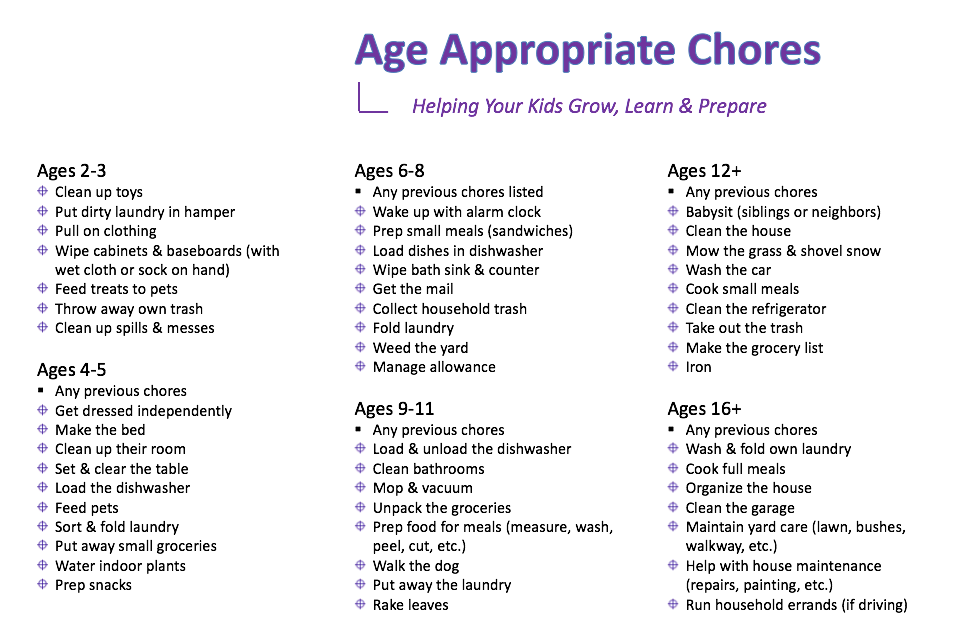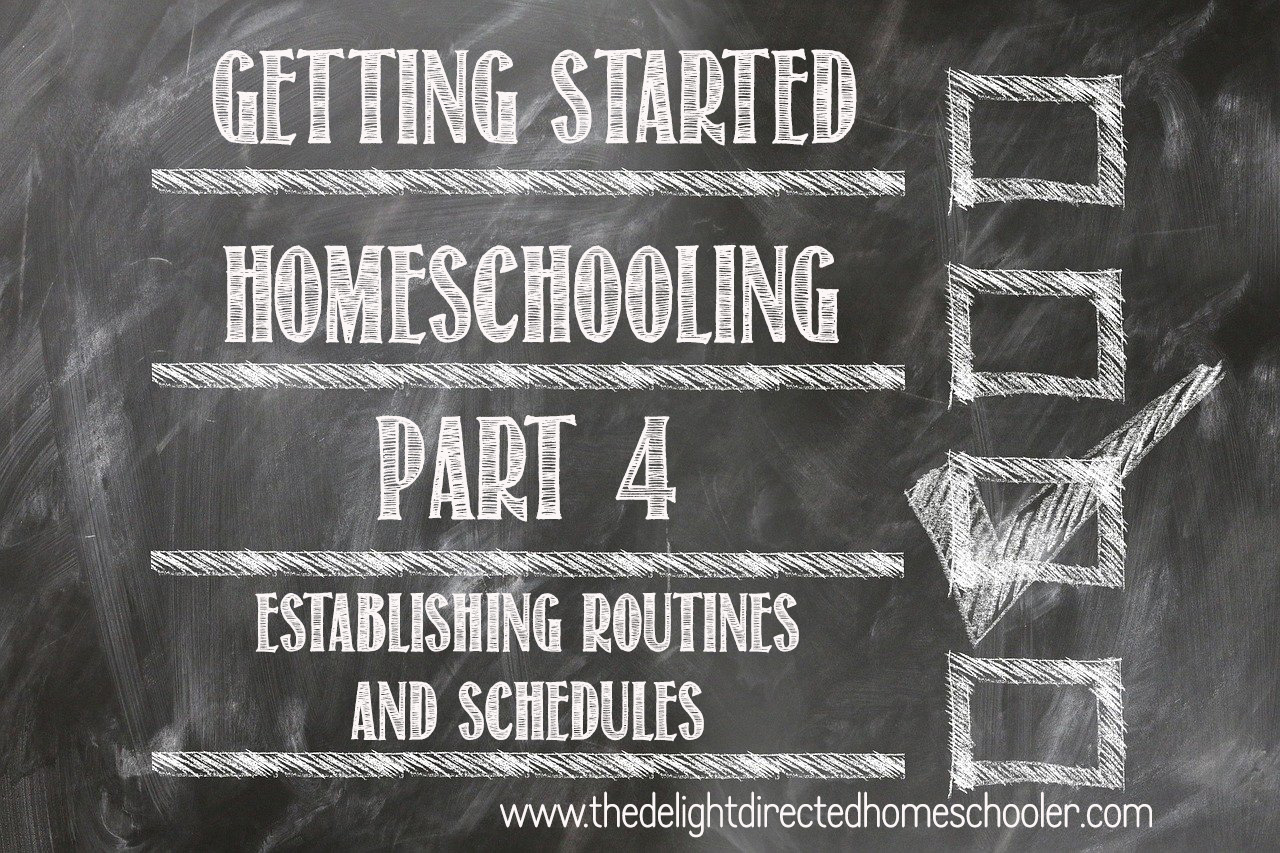
Once upon a time, I participated in a panel discussion titled, “A Day in Our Homeschool.” It was a peek behind the curtain into the lives of several different homeschools in our community. The idea was, in part, to show how each homeschool is unique and the freedom that comes with customizing your school to meet your needs. At this time, our family had begun to adopt a more relaxed approach to homeschool. I believe my children were 9, 7, 5, and 3 at the time. The woman who went before me was beautifully type A and very organized. She shared charts and checklists accounting for every moment of her homeschool day from the moment her children woke until the moment they went to bed. I was thoroughly impressed, intimidated, and exhausted by her presentation. It worked for her, but I knew that something like that would never work for me. I have one child who would likely thrive on such scheduling, but for me as a mom… it would likely end up in a downward cycle of shame and feelings of inadequacy.
Why am I sharing this? Let me say it again… each homeschool is unique! You are the chief administrator of your school. I am not familiar with the laws in all fifty states… but I am fairly certain that even in the most regulated states, you still have some freedom to order your day. If you like schedules and order… please go for it!!! Write it out, make spreadsheets, get a planner, laminate…. go nuts! I have aspirations of being you, dear organizers! But my reality has proven that I am not a checklist, planner, spreadsheet kind of girl when it comes to ordering our homeschool life.
What are your expectations?
I have tried several different routines and schedules when it comes to homeschooling. I do believe that children need order. They need to know what is expected of them and be given the ability to meet that expectation. If you expect your child to complete an assignment in a certain way, but do not give them any instruction or guidance, your expectation will likely not be met. If I send my girls into their room and say, “Clean your room.” they have a different expectation than I do. They do the minimum which involves shoving things under the bed, shuffling items around, and throwing things in a corner or closet. However… if I take the time to present my expectations and train them in how to meet those expectations, the end result is much less frustrating. If I say to them, “I want you to clean your room. Put legos back in the tub, pick up dirty clothes, throw away trash, and put library books back in the basket. I want to be able to vacuum the floor when you are done.” they have much more clear instruction and are set up for success.
Children need to be taught. When it comes to establishing routines and schedules, consider what you as the instructor and parent can maintain and consider what your expectations as well as the abilities of your children include. Take the time to train. It is worth it, I promise.
Hold Loosely and Provide Wide Margins
When my youngest was about to turn three, we had just moved into a new home. I had taken a few weeks off of school to move, settle, and potty train said child. When the time came to resume school, I was refreshed and excited. I had a plan to gather for a morning meeting where we read a book, talked about the day, the weather, etc. I had a tri-fold board that included a calendar, a verse of the week, a weather chart, etc. As we were making our way downstairs to the school room, the newly potty trained toddler lost control of her bladder causing a stream to tumble down my stairs. She was wet, her clothes were wet, the stairs were dripping. I was so defeated. I had a vision of how I wanted our time to go and it was disrupted. I took her and put her in the bath, cleaned the stairs, and went to my room to hide under the covers. My husband asked what happened and I said, “I quit!”
Moral of the story??? Hold loosely to your plans. Make the plans, have the expectations, but hold loosely. Allow for disruptions… good and bad. Allow wide margins in your homeschool week to allow for those moments when your child, pre-teen, or teen just needs a break. Allow for moments of exploration- for nature walks, for turning over rocks and looking at bugs, for cooking, for cleaning (I have a child who LOVES to clean house), for getting lost in a book. Allow for playdates and library trips. Hold loosely to your plans for much learning happens in the in between.
Check out this post I wrote about Homeschooling with Wide Margins.
Tips for Creating Schedules

The image above was circulating Facebook when the quarantine was beginning. So many people who found themselved unexpectedly homeschooling were stressing because their child was finishing their schoolwork so quickly. They were wondering if that was ok? Was their child learning? Shouldn’t they be doing more? I agree with the above image for the most part. It is very generalized. It is a suggestion, not a hard and fast rule.
I hope, however, it gives you freedom to realize that your homeschool does not have to be a replication of a classroom or conventional school setting. With the individualized intruction you are able to give your child and the focused attention, they should be able to get their academic work done, and done well, in much less time that you would imagine.
Ok… here are a few tips to consider when establishing daily rhythms.
- Establish a routine, not a schedule. Establish a consistent rhythm. Are you a morning person? Do you prefer to get all your instruction and “school” finished early? Are you more of a night owl? When are your kids fresh and ready to learn? Is it a battle to keep their focus early in the morning? We generally start our focused learning around 9:30, breaking for a snack at 10. Early on in our parenting, we established a rhythm of afternoon rest. When they were little, that meant taking an afternoon nap. For my preschoolers, it meant having quiet time in their beds. They could look at books or play quietly as long as they stayed in their beds. My kids (now 15, 13, 10, and 8) still have an afternoon time of slowing down… it usually is when they take their screen time.
- Establish your expectations. I already touched on this. We all come into situations with expectations whether we realize it or not. You have expectations for your homeschool. Your partner has expectations. Your children have expectations. When those expectations are not met, there can be fall out and frustration. Keep open coversation. Be clear in your expectations. If you expect your children to complete all their school work before texting their friends, make that clear and set your child up for success (maybe have a designated spot for their phone or device to stay until school is completed). If you have a morning routine you expect to be completed like includes putting breakfast dishes away, getting dressed, brushing teeth, making the bed, etc. … make that clear! Allow time. Repeat instruction. Train and retrain. Respect your child’s expectations. Ask what they hope for in their homeschool and work to make it happen!
- Know where you are headed. What are your goals for your homeschool? Think about the long game. Think about the year. Think about the semester. Think about the month. Think about the week. Don’t be held captive by your goals, but have an idea of where you are headed. In North Carolina, we have to complete yearly standardized testing. I have a friend who is trained to administer the Woodcock Johnson. She comes, tests my children, and then goes over the results with me. I take it as a time to reflect on what worked in the year and to take note of areas where we need to work. I begin to plan a strategy to help meet individual challenges my children may have. We have some seasons in our year that are busier with outside commitments than others. In the Spring, my children typically participate in sports, theater, and enrichment classes. I adapt our at home instruction to account for the lessons they are learning in these other opportunities.
- Set a basic household schedule. This would include things outside of the realm of academic instruction. What does your daily life look like? Do you have babies and toddlers? When do they nap? How can you take advantage of their nap time to get some quality instruction in with your older children? When are your meal times? What outside commitments do you have? Is your homeschool a priority… how can you strategically use your day to meet the expectations you have for homeschooling?
- Keep Things Simple. Pare down on excessive tasks and keep those expectations realistic. Allow for moments of rest and free time and boredom.
- Don’t try to do everything, everyday. Remember… you are the chief administrator of your school. You can plan how your week needs to look. You do not have to do all the things every day. Maybe math and language arts are daily, but science, art, social studies are only once or twice a week??
- Delegate household tasks. If you are like me at all, you may suffer from “Martyr Mom Syndrome.” You try to do it all and then you guilt all those around you for not helping… but in reality, you did not invite them into help because you wanted to just do it yourself and make sure it was done right instead of risking it taking longer because of having to repeat or repair from the attempts to help. Are you tracking??? Guess what Martyr Mom… You can’t do it all! You can fake it for a while, but it will catch up to you. Something or someone will suffer. Take the time to train your children to help manage household tasks. As soon as they can reach the bottom of the washing machine to remove the clothes, teach them to do their laundry. Give them wipes and let them clean your table, your sinks, your counter. Give them a dust mop and let them go! Teach them what a baseboard is! Teach them how to put a trashbag in the trashcan, how to replace the paper towel roll. Increase the responsibilities as they get older.

If you are a planner. If you woud like to be a planner, check out these FREE planning templates:
Homeschool and Household Planner Pages from The Homeschool Mom.
The Ultimate FREE Homeschool Planner from Shining Mom
Homeschool Planning Resources from My Joy Filled Life
Other topics I’ll be covering in this “Getting Started Homeschooling Series” are:
- The Law
- Socialization/ Homeschool Community
- Choosing Curriculum
- Homeschooling Preschool
- Homeschooling Elementary School
- Homeschooling Middle School
- Homeschooling High School
- De-Schooling
- Standardized Testing for Homeschoolers


6 Thoughts on “Getting Started Homeschooling Part 4- Routines and Schedules”